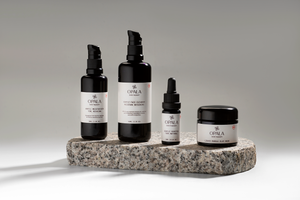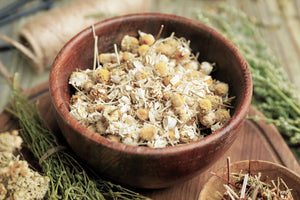
Do's and don'ts for proper face cleansing
Washing your face is generally a simple daily routine that we should be all used to. But are a lot of us doing it wrong? Or not at all?
This is part of your daily routine that is worth the effort to get right. Cleansing your face washes away dirt, dead skin cells, makeup, and anything else that might clog your pores or cause a general dullness, helping your skin remain fresh, smooth and glowing.
It’s not only how you wash your face that makes the difference, but also when, how often, and what type of face cleanser you use. Here are some easy ways to make sure you’re cleansing properly, and to make your cleansing routine even more effective.
1. Wash your face twice a day
You might think cleansing your skin before bed is all you need to wake up fresh-faced, but another wash in the morning is a good idea. While you're sleeping, bacteria from your saliva and oils from your hair are easily transferred to your face and eyes. So even if you wash your face at night and your pillowcases often, a morning cleanse is best practice. Plus, if you’re putting on products like serums or moisturizers before bed, you’ll want to wash those off in the morning before putting on your daytime products.
2. Just splashing water is not enough
Make sure to use the correct face cleanser for your skin type.
Acne-prone and oily skin will need a cleanser with natural fruit acids that weaken the bonds that hold dead skin cells together. The gentle peeling effect of these natural acids allows active materials to penetrate the skin more effectively, making it a good choice in pre-conditioning facial treatments. Our Clear & Matt Cleansing Gel is a perfect choice for these skin types (but of course we may be biased!)
Dry and sensitive skin needs a product that does not strip the skin natural oils and lock in hydration like our Everyday Gentle Cleansing Milk.
3. Take the necessary time and method
When people wash their faces in the shower, sometimes the face wash doesn't have enough time to actually clean the skin.
Massage the cleanser on damp skin with gentle circular motions instead of quickly rinsing it off. Especially do allow 30 to 60 seconds before washing off to allow the product to work.
4. You may need a makeup remover in addition to your cleanser
Many makeup brands are waterproof, so basic cleansers will not remove them thoroughly. For this reason, it's important to use a gentle makeup removing oil (like Gentle Moisture Retaining Booster) before you wash—especially when removing long-wear makeup.
5. Make sure your face towels are clean
It might seem like a pain to have to toss a washcloth in the hamper after just a use or two, but experts say that reusing the same washcloth over and over again is spreading more bacteria to your face, which can contribute to acne.
Instead, invest in a reasonable set of basic washcloths, that can last you through much more of your cleansing routine (including day and night).
6. Do not over-exfoliate your skin
Chemical exfoliators like peels and high concentration acids can strip the natural hydro-lipid barrier layer of the skin, which can leave your face vulnerable to inflammation and dry skin.A cotton washcloth, or natural clay masks are all the exfoliation you need.
7. Do not overwash the T-zone
The biggest mistakes is starting face cleansing from inside (where the nose meets the cheeks) out, instead of outside the cheeks and moving in. If you do it from inside out, the product will sit between the nose and cheeks and leave the area extremely dry.



